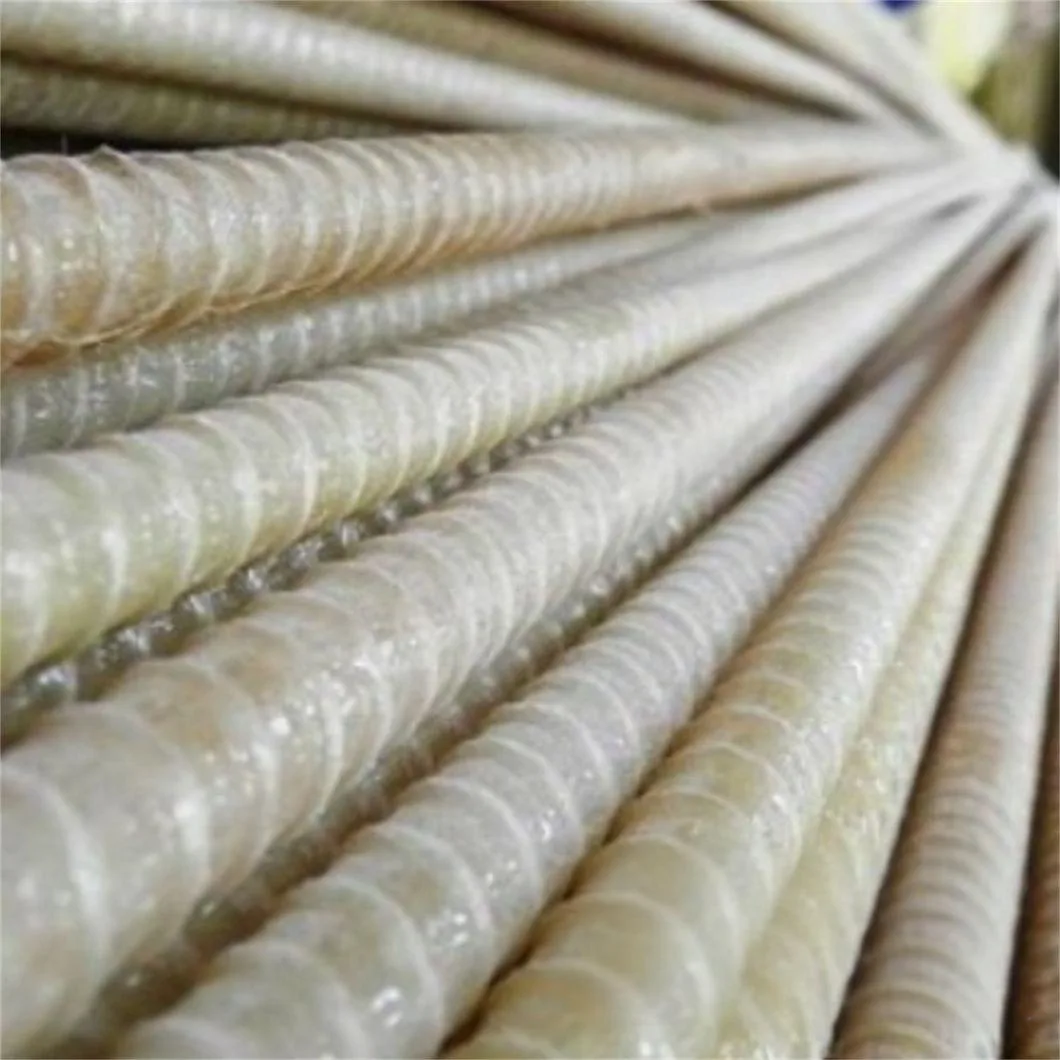Introduction
Global demand for corrosion-resistant reinforcement is booming—analysts project the fiber-reinforced polymer (FRP) rebar market to soar from US $654 million in 2022 to US $1.8 billion by 2032 (10.6 % CAGR). Contractors who lock in the right fiberglass rebar suppliers today can save on maintenance costs, accelerate schedules, and future-proof concrete structures. This guide walks you through a proven selection process so you can award your next purchase order with confidence.

fiberglass rebar suppliers
Understand Your Project Requirements
Environment & Exposure
Corrosive zones: Coastal bridges, wastewater plants, and de-icing salt regions punish steel. As Tampa Steel notes, “If your project is in a corrosive environment… FRP rebar may be the better choice.”
Temperature swings: Glass-fiber bars retain tensile strength at –40 °C to 80 °C, but check datasheets for your specific resin system.
Load and Structural Performance
Verify design codes (e.g., ACI 440.11-22) and ensure tensile modulus meets engineer-of-record assumptions.
For heavy live loads, confirm bar diameters are available up to #10 (32 mm) or equivalent.
Key Criteria for Evaluating Fiberglass Rebar Suppliers
Certification and Compliance
ISO 9001 or 14001 quality systems.
Third-party program—ICC-ES, CSA S807, or Dubai Municipality approvals.
Mill test reports traceable to each lot.
Product Quality and Independent Testing
Demand ASTM D7957 or CSA S806 tensile, shear, and bond results.
Review alkali-resistance soak tests (≥ 95 % retained strength after 30 days).
Ask for a sample bundle and perform spot QA on arrival.
Supply Capacity and Lead Times
| Metric | Target | Why It Matters |
|---|---|---|
| Annual output | ≥ 3,000 t | Ensures large pours aren’t delayed |
| Typical lead | ≤ 3 weeks | Minimizes site storage costs |
| On-hand stock | ≥ 1 month demand | Buffers against resin shortages |
Pricing Transparency & Total Cost of Ownership
Unit price: Usually 1.5–2 × steel, but life-cycle cost can be 25–30 % lower due to zero corrosion repairs.
Delivery terms: FOB vs. CIF can swing landed cost by 8–12 %.
Accessories: Include GFRP stirrups, chairs, and couplers for a realistic comparison.
Technical Support & After-Sales Service
Dedicated engineer for shop-drawing reviews.
On-site training for crews new to GFRP.
Warranty length (5- to 10-year material replacement is common).
Compare Suppliers with a Shortlist Matrix
Gather Data Points
Collect the above metrics from at least three fiberglass rebar suppliers plus one backup vendor.
Weight the Factors
Quality & Certification – 40 %
Supply Reliability – 30 %
Cost & Payment Terms – 20 %
Technical Support – 10 %
Score each supplier 1–5, multiply by weight, and rank totals. The highest score signals the best overall value.
Red Flags to Watch Out For
No third-party tests newer than two years.
Single resin source—a supply-chain hiccup can halt production.
Over-promising capacity: If their plant runs one pultrusion line, weekly tonnage is limited.
Pushy discounts tied to unrealistic order volumes—often a cash-flow red flag.
Final Selection & Negotiation Tips
Visit the factory or request a live video audit.
Negotiate performance clauses: penalty for late delivery, bonus for early shipment.
Lock in pricing on a six- or 12-month framework to hedge resin price swings.
Sample run: Start with one footing or slab. Validate installation crew workflow and bar handling before full rollout.
Conclusion & Next Steps
Choosing reliable fiberglass rebar suppliers is less about chasing the lowest quote and more about safeguarding your project’s durability and schedule. By matching technical needs to supplier capabilities, verifying certifications, and weighting decision criteria, you’ll reinforce concrete—and your reputation—with confidence.
Ready to act?
Comment below with questions about supplier qualification.
Share this guide with your procurement team.
Subscribe to receive quarterly updates on GFRP specs and pricing trends.




























